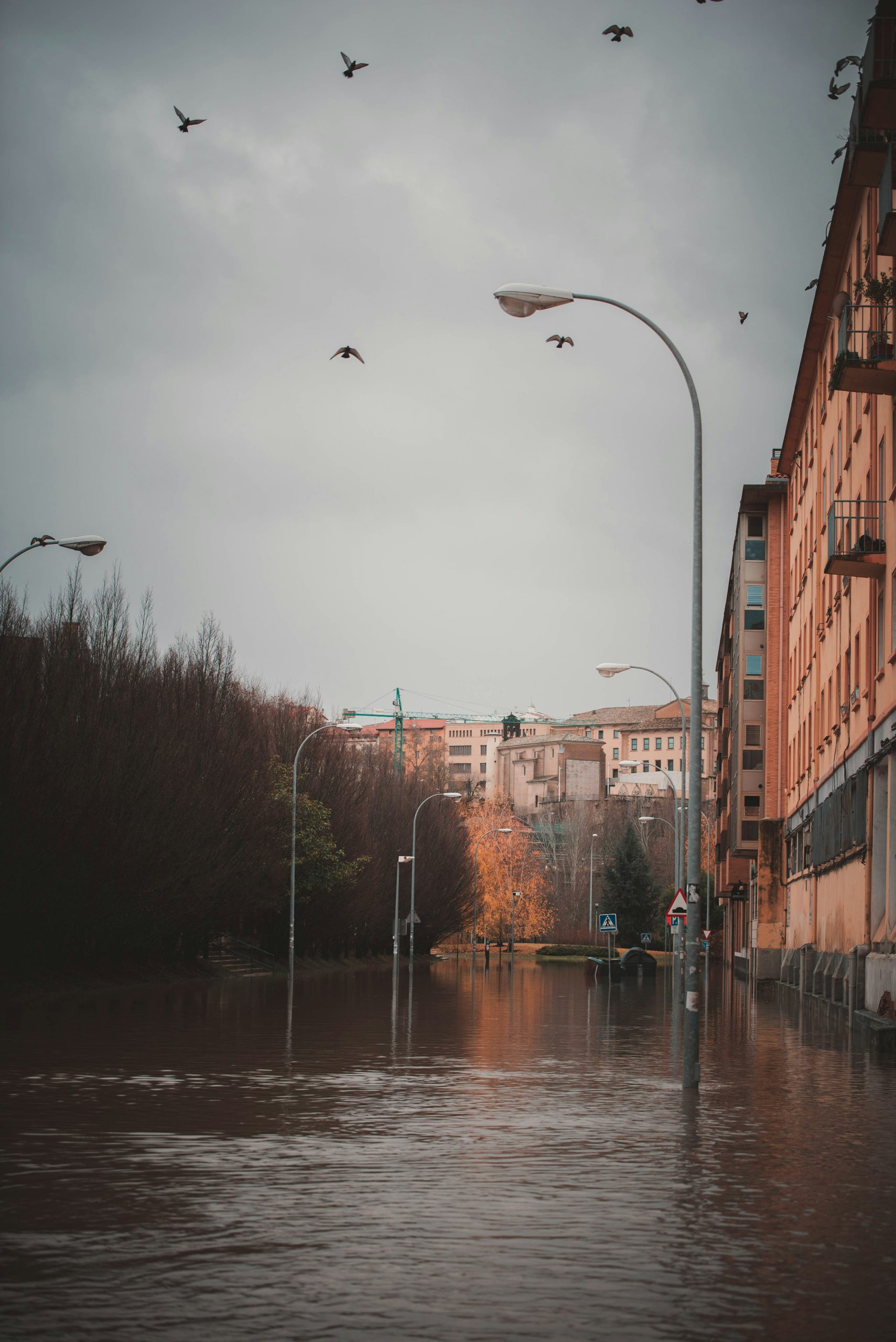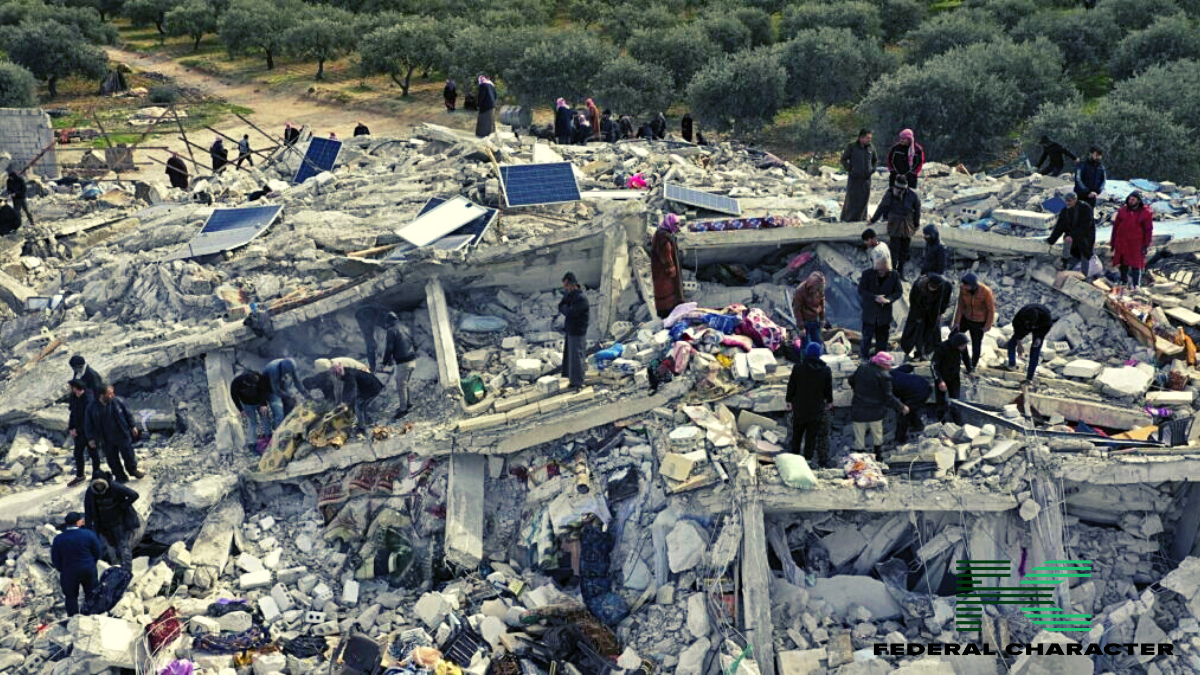The Cape Verdean government has activated a state of emergency across the islands of São Vicente and Santo Antão after torrential rains from Tropical Storm Erin caused devastating flash floods, killing at least nine people and forcing 1,500 residents to flee their homes.
Deputy Prime Minister Olavo Correia described the situation as “catastrophic” after 193mm (7.6 inches) of rain fell in just five hours—more than São Vicente’s typical annual rainfall—submerging roads, destroying houses, and leaving rescue teams scrambling to find missing persons in the Atlantic archipelago.
Cape Verde’s National Meteorology Institute confirmed the extreme weather event shattered 30-year rainfall records, with climatologist Ester Brito admitting the nation lacked adequate radar systems to predict the storm’s intensity. “This was a rare and unpredictable situation,” Brito told Reuters, highlighting how climate change is overwhelming the island nation’s disaster preparedness. The floods transformed streets into raging rivers within minutes, with Interior Minister Paulo Rocha recalling a night “marked by panic and despair” as waters surged through coastal communities.

On the hardest-hit island of São Vicente, community leader Alveno Yali reported “an incredible moment of heavy rains, strong winds, and flash floods” that caused widespread destruction to infrastructure. Videos circulating online show collapsed bridges, overturned vehicles, and families wading through chest-deep waters to salvage belongings. The state of emergency declaration unlocks crisis funds for urgent repairs to power grids, water systems, and transportation networks critical for the islands’ tourism-dependent economy.
Diaspora Mobilizes Global Relief Efforts for Flood Victims
Cape Verdean communities abroad have launched emergency crowdfunding campaigns, with expatriates in France, Luxembourg, Portugal, and the United States raising tens of thousands of euros within hours. “Every Cape Verdean abroad is mobilized,” said Andreia Levy of France-based Hello Cabo Verde, noting plans to bypass bureaucratic delays by delivering food, water, and hygiene supplies directly to survivors. The humanitarian push mirrors responses to past disasters in the volcanic islands, where remoteness complicates international aid delivery.
Why It Matters
The catastrophe is a gruesome reminder of Cape Verde’s extreme vulnerability to intensifying tropical storms fueled by warming Atlantic waters. Scientists note such events are becoming both more frequent and severe, with a 2023 UN report predicting West African coastal nations will face exponentially worse flooding this decade.
As cleanup efforts begin, the disaster is reigniting debates about infrastructure resilience in the former Portuguese colony, where many buildings lack flood-resistant designs. With meteorologists warning more storms could follow before the hurricane season ends in November, the archipelago faces a race against time to prepare for future climate shocks.
Beyond the immediate human toll, the floods threaten Cape Verde’s vital tourism sector—which accounts for 25% of GDP—as images of destruction circulate globally. Popular destinations like Mindelo suffered severe damage to waterfront areas, while airport closures stranded hundreds of visitors. The government is appealing for international assistance, emphasizing that the islands’ recovery will test the global commitment to climate justice for small developing states.
















